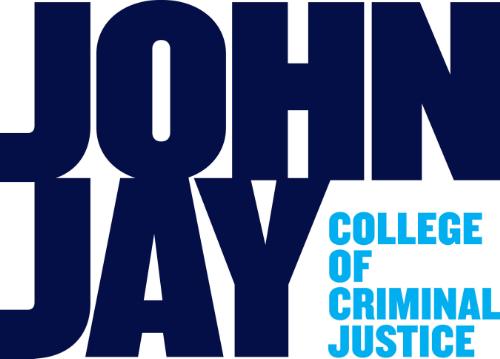
Publications and Research
Document Type
Article
Publication Date
8-23-2016
Abstract
Staten Island grew rapidly after the Verrazano Narrows Bridge opened in 1964. Mayor John Lindsay introduced a plan to control and guide development there, and encouraged planned unit development. The Rouse Company, then building Columbia, Maryland, was contracted to plan new communities for the southern third of Staten Island to more than double the borough’s population. State Senator John Marchi introduced legislation for the South Richmond Development Corporation in 1971. The plan called for the city to use eminent domain to buy property and transfer it to the Rouse Company, which would also construct residential towers on landfill in Raritan Bay. Behind the banner of private property rights, the Conservative Party led opposition to the proposal, and their influence over elected officials on Staten Island led to the legislation’s defeat in Albany. Private development in South Richmond proceeded apace in the decades after without significant design or environmental constraints, or any master plan.
Included in
American Politics Commons, Public Affairs Commons, Urban, Community and Regional Planning Commons, Urban Studies Commons


Comments
This is the accepted manuscript of an article published in the Journal of Planning History.